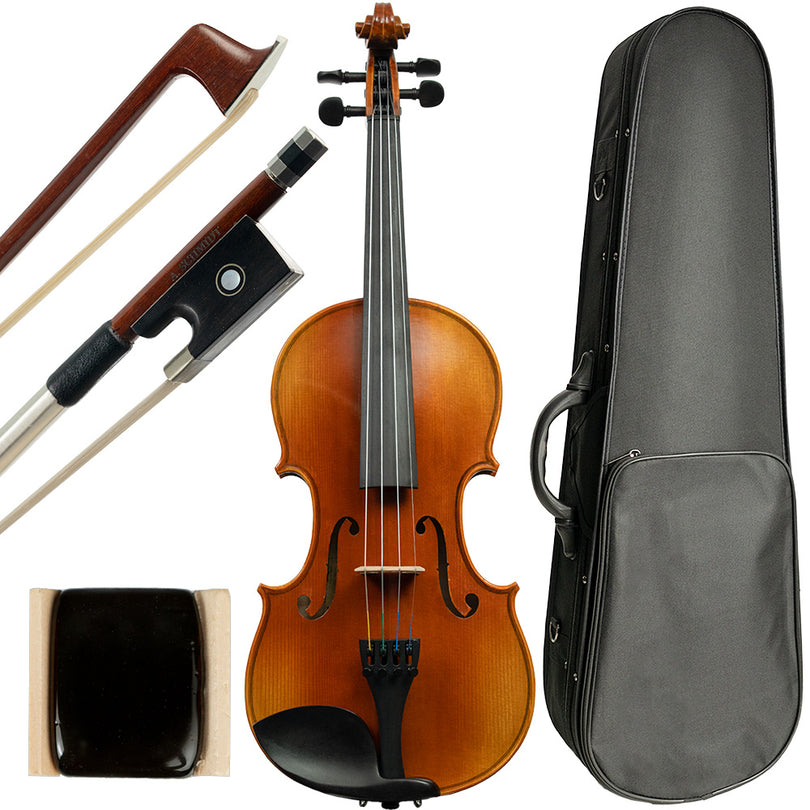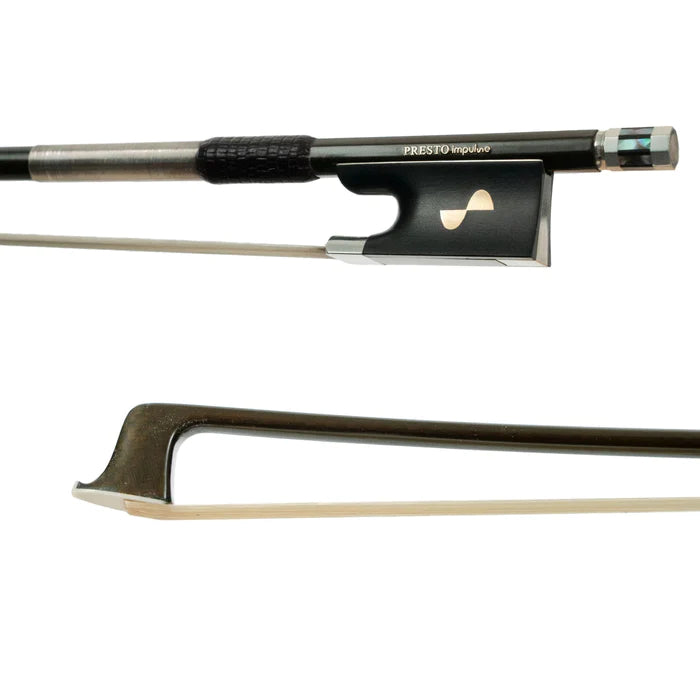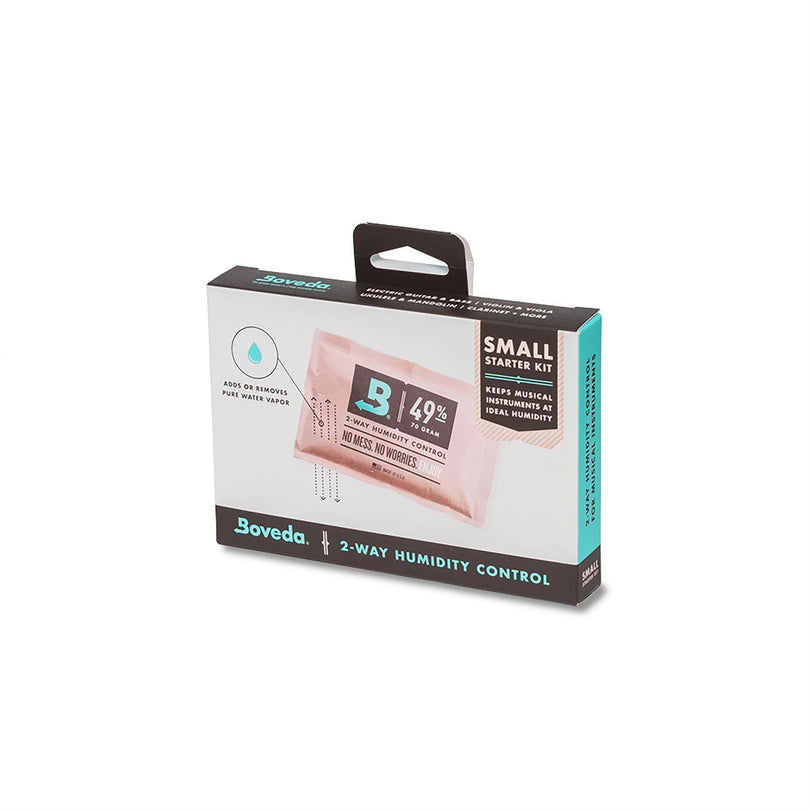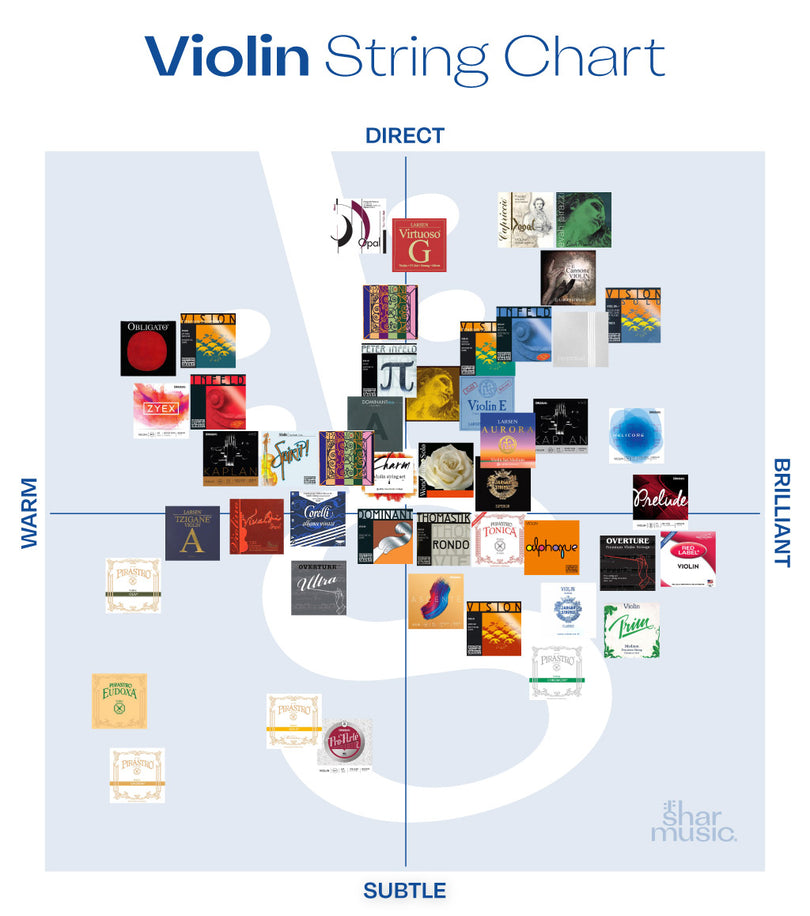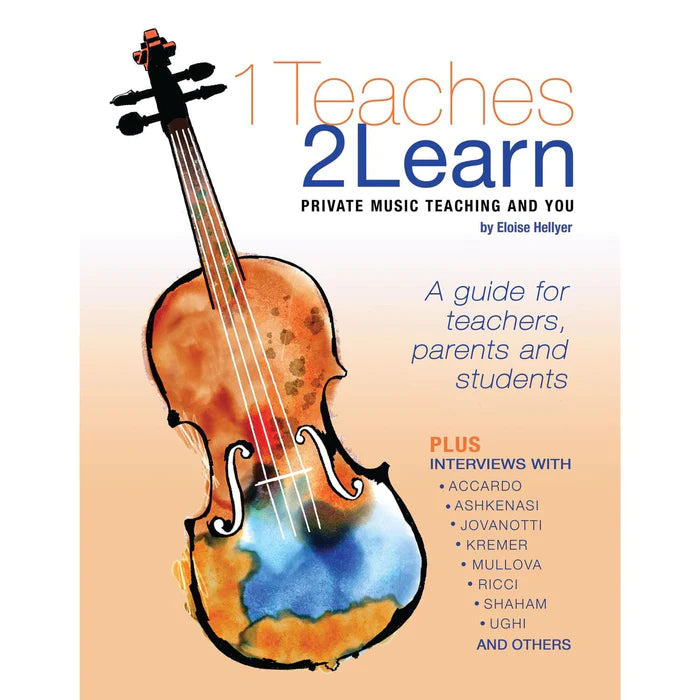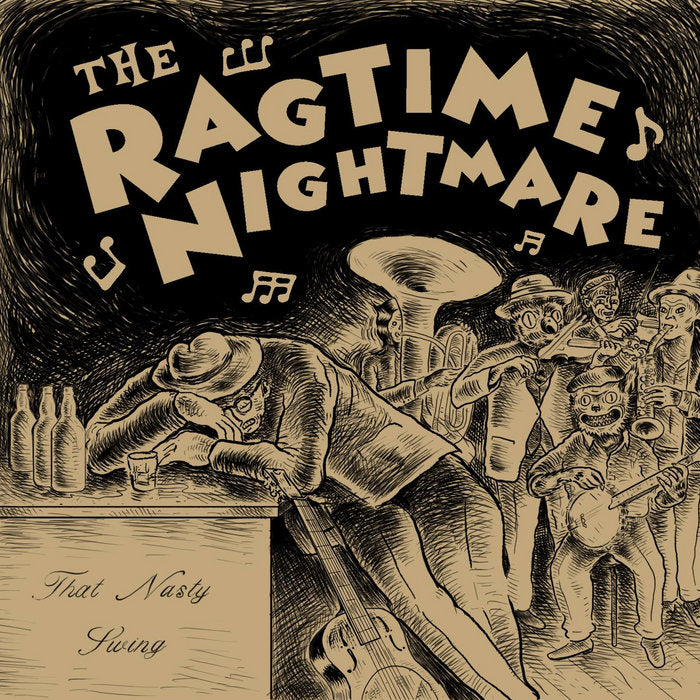Hello, Internet! Today, we’ll attempt to demystify the mutes used for violin, viola, cello, and double bass. These simple tools of the trade are essential string instrument accessories, and they're easy enough to use, but they also come with many questions. Are certain mutes better than others? What’s the difference between a ‘concert’ and a ‘practice’ mute? Does it matter if a mute is rubber or ebony?
Let’s clear up some of these questions, shall we?
WHAT ARE STRING MUTES?
Regardless of material, all mutes share a specific purpose: they make our instruments quieter. Mutes are designed to constrict the bridge of your instrument, reducing the sound it produces.
There are two main types of mutes, concert mutes and practice mutes. Both are usually rubber (it’s inexpensive and effective!), but mutes can also be made of ebony or metal.
CONCERT MUTES
Concert mutes are smaller, and usually only clip to a portion of your bridge. These are used when your music says use a mute, or con sordin (not to be confused with con sardine, which goes on a pizza). If you plan on playing in ensembles, a concert mute will be an essential part of your gear. While concert mutes do reduce your sound output, they are more designed to impact the tonal color of your instrument.
We measured the decibel difference of two of our most popular concert mutes, the rubber Tourte mute and an ebony concert mute, to see how they affect the sound output of a violin.

The human ear perceives a 10 dBA difference as twice as loud/soft. 70 dBA is roughly the volume level you’re exposed to when you’re sitting in traffic or taking a shower. 40 dBA, then, is about an eighth as loud as that, akin to a babbling stream.
We see here that these concert mutes do reduce your volume, but not by much! However, the change in tone is very apparent. Take a look at the video below to hear for yourself!
PRACTICE MUTES
Practice mutes are much larger than concert mutes, covering more of your bridge. As such, practice mutes constrict more of your bridge than a concert mute, more effectively reducing your volume.
We measured a rubber practice mute and a metal one, and the difference between the two is striking:

To our ear, the metal mute produces almost a quarter of the volume of the instrument with no mute, and half the volume produced with a rubber practice mute installed. While it’s still about the noise level of your refrigerator if you’re standing in the same room, getting down to about 30 dBA outside the room means the music you’re making is whisper-quiet to your neighbor.
MATERIALS
There isn’t a big volume difference between rubber and ebony, but there is a tonal difference. An ebony mute vibrates a little bit as you play, producing its own (very mild) sound. Rubber mutes are just as effective at reducing your volume, and while they don’t make the same sound as an ebony mute, they’re very inexpensive and durable.
Metal mutes have their own challenges. Accidentally dropping a rubber (or even ebony) mute on your instrument likely won’t damage it, but metal mutes are heavy and unforgiving. While they are clearly the most effective tool for dampening your sound, you’ll need to take extra care when putting it on or removing it.
USABILITY
Rubber mutes are easily the most popular material type for mutes, and it boils down to how easy they are to use. Metal and ebony mutes are effective, but can be difficult to secure firmly to your bridge and might slip off if you’re not careful. When it comes to usability, it’s tough to beat rubber mutes! Slide-on mutes like the Spector function similarly to rubber Tourte mutes, but have the added benefit of easily sliding on and off your bridge.
SO... WHICH ONE DO I GET?
Rubber provides a good mix of efficient muting and durability, and it’s inexpensive. Ebony mutes add a nice subtle warmth to your sound, but they’re a little pricier and a bit less durable. Metal mutes are both incredibly effective and durable, but can damage your instrument if you’re not extremely careful.
You’ll find that most musicians will have both a rubber concert mute (like the Tourte) and a rubber practice mute, as they serve two different purposes. Many of us start with a concert mute, eventually picking up a practice mute if and when it proves necessary.
Only you know the answer to which mute best suits your needs, but hopefully this helps you make a decision! As it happens, Shar has a lot of great mute options for your consideration.

